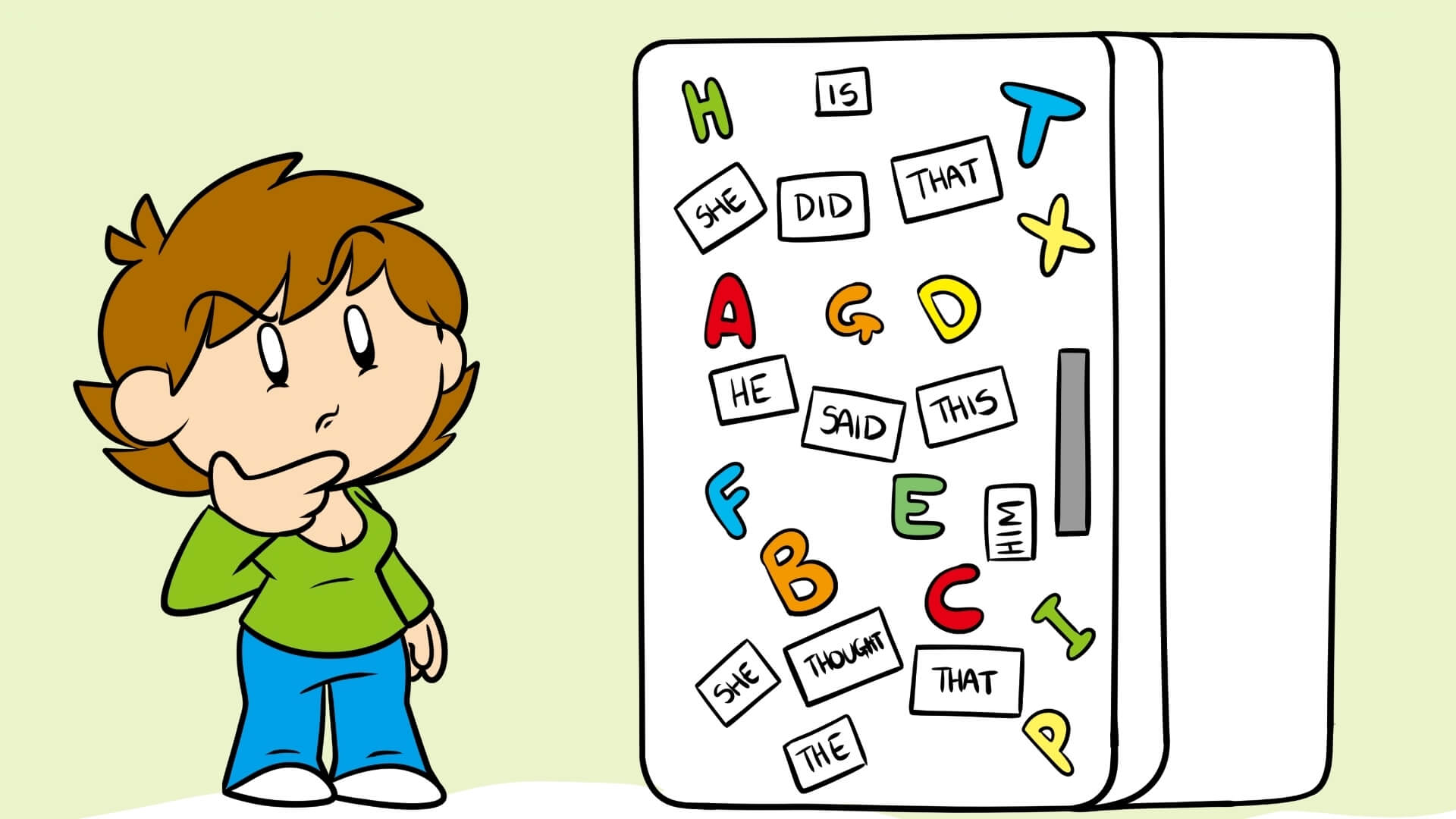To understand appropriate sentence structure is to understand the grammatical building blocks of the English language. By having a strong grip on the structures of your sentences, you will be a more versatile writer. In this article, we’ll break down what sentence structure is, what the four types of sentence structures are, and how to use them.
Basic Sentence Structure
First, let’s define sentence structure
Unless you're an English major, chances are you haven't studied the mechanics of the language in quite some time. Sure, you can probably write and speak in complete sentences but that's just the first step. Knowing what sounds right vs. knowing why it is right are two very different levels of mastery.
So, consider this a brief re-education on how sentences work. Before we get into the various types there are, let’s define what we mean when we talk about English sentence structure.
SENTENCE STRUCTURE DEFINITION
What is Sentence Structure?
Sentence structure is how the basic grammatical elements (a subject, predicate, and sometimes direct or indirect objects) of a sentence are put together. The rules for how a sentence is constructed are simple but firm. These include the necessity for a subject, predicate, and object (in that order) in every sentence. Beyond that, we can add additional elements like prepositions and dependent clauses. Advanced sentences can weave these elements together to create more and more complex structures. There are four types of sentence structure (listed below).
Types of Sentence Structure:
- Simple
- Compound
- Complex
- Compound-complex
Structure Examples
4 types of sentence structure
Now that we’ve tackled “what is sentence structure,” let’s look more in depth at its different types.
Simple Sentences
The most basic type of English sentence is the simple structure. This is when a sentence is composed of just one independent clause – a clause which contains a subject (the noun performing the action of the sentence) and predicate (the action being taken) and expresses a complete thought. Like all sentences, it can also contain a direct object (the noun receiving the action of a sentence) or indirect object (the object for whom the action is being done).
A few simple sentence examples:
- I didn’t go to the game.
- She was correct.
- The writer was out of ideas.
- The movie was over two hours long.
Compound Sentences
The compound sentence combines two or more independent clauses with a coordinating conjunction (or, and, but, yet, for, nor, so) or a semicolon.
Here are some examples:
- She was sick, so she didn’t go to school.
- Greg kept his distance; he knew he was a dangerous man.
- I was exhausted, but I worked all night.
- Mom was still at work, and Dad was out to dinner.
Notice how all of these sentences could be broken into two: “She was sick. She didn’t go to school.” “Mom was still at work. Dad was out to dinner.” That’s because these sentences contain 2 independent clauses, which can be turned into simple sentences.
Complex Sentences
Complex sentences consist of an independent clause and a dependent clause. A dependent clause is an incomplete thought (e.g., “Although I was sick, ...” “Because he was gone, ...”) and thus needs to be attached to an independent clause. It’s also known as a subordinate clause.
Some complex structure examples:
- If he was so funny, the whole crowd would have been laughing.
- I went to dinner because I was hungry.
- She turned her down because she was in love with someone else.
Compound-Complex Sentences
True to their name, compound-complex sentences combine the ideas behind both compound and complex sentences: they contain at least two independent clauses and a dependent clause.
Because they can be pretty hard to parse, I’ve color coded the independent clauses, the coordinating conjunction/semicolon, and the dependent clauses. Let’s take a look:
- Because he was injured, the team played with a short bench and their rivals beat them soundly.
- I wondered what became of him; if he liked Chicago so much, it made no sense for him to up and leave.
- The teacher gave Jimmy a time-out because of his bad behavior and we all laughed at him, reveling in the chaos he had wrought.
Related Posts
How Sentences Are Structured
Why sentence structure?
You might be thinking that proper sentence structure is one of those things that you use but don’t need to understand. We all write different structures even though we might not necessarily be cognizant of it.
But paying attention to basic sentence construction is a great way to look at the rhythm of your writing more carefully. Have you written three complex sentences in a row? Or maybe you’ve been leaning heavily on simple sentences? Too much of one structure can lead to your writing feeling repetitive or dull.
Or, on the other hand, if you want to create a purposeful repetition in your rhetoric, reusing a sentence form and structure can help with that.
Knowing how sentences are structured can help you become a more thoughtful and varied writer. Who doesn’t want that?
Related Posts
UP NEXT
What are Literary Devices?
Now that you’ve nailed down the appropriate structure for sentences, it’s time to up your writing game with some tried and true techniques used by everyone from Aristotle to Charlie Kaufman. Dive into our comprehensive guide to literary devices, elements and techniques.
